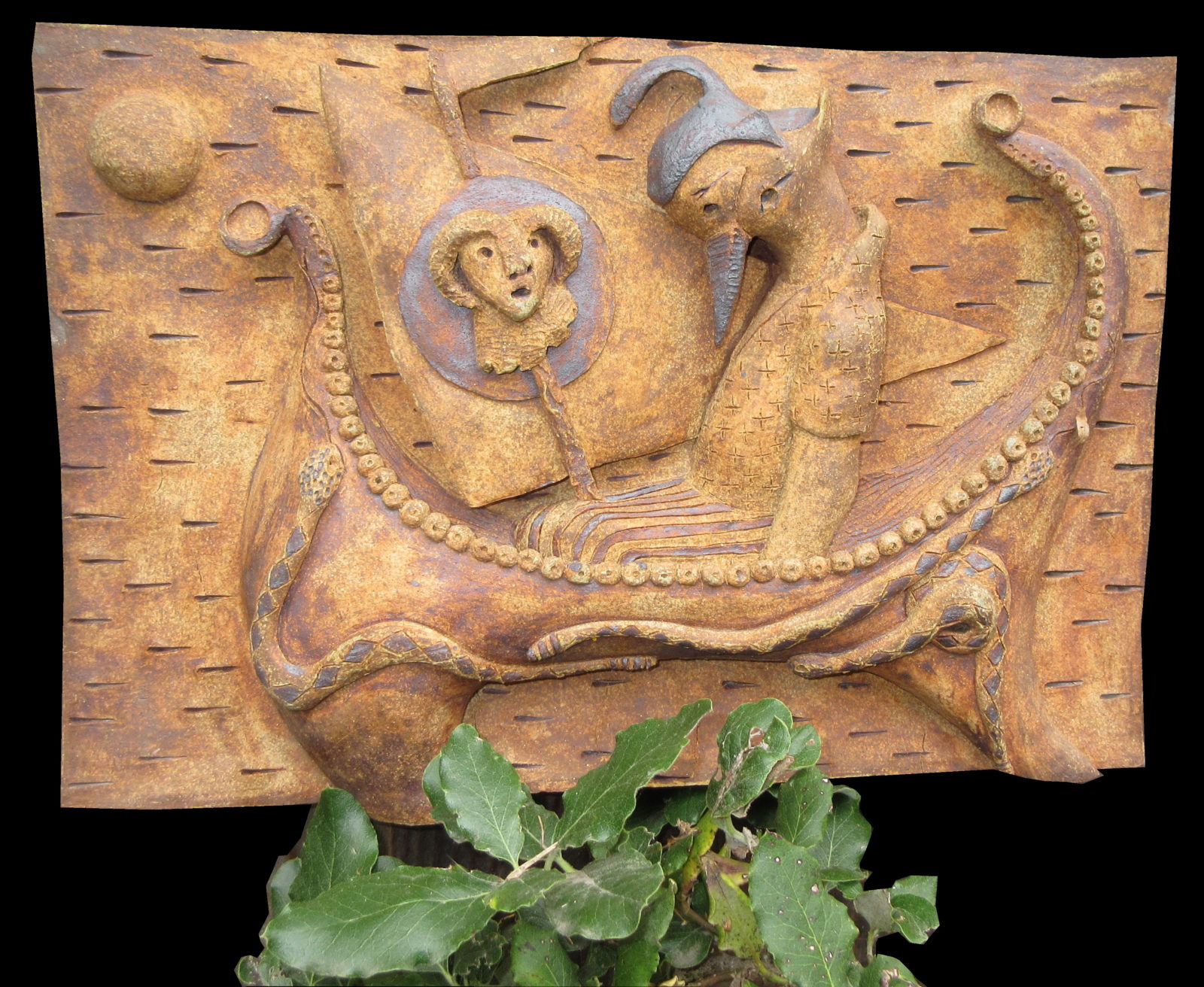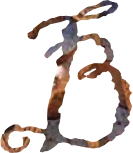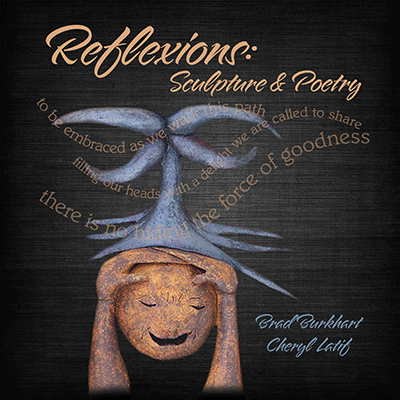
Phrygian Journey
I have chosen this piece, completed in 1998, this month because it was completed at a time in my life of significant professional & artistic development. I had started my own habitat restoration business in the year previous but had not been able to win a contract. I had taken a break and gone to Paris at my wife’s urging in December and when I returned I won my first major consulting contract. Even more significantly, I began holding shows of my own and others art work in my BEC gallery/consultant office. But, perhaps even more importantly at the beginning of the year I had the insight in trying to interpret the images in my art work that this had been hampered by our almost exclusive reliance on scientific analysis to gain insight into truths about our world. Insights obtained through intuition were always ascribed to some “mysterious” source. What I started to realize was that this was a closed off and nearly unconscious part of our psyche which could offer us insights equally valuable to those from science.
The piece chosen this month is in my now standard large format is one of the earliest works in this series. I have not yet moved to using naming groups for my work. However, I began to analyze the “story” told by images in each of my sketches and sculptures for connections to older cultural myths as a path toward what insights they offered us in the present.
The images in this piece: a ram-fleeced sailing boat with “leg” rudders and snakes carved on its sides carrying a bird-like man suggested the mythic journey of Jason for the Golden Fleece. Yet its snake imagery also connects it with early matriarchal cultures in the Aegean who considered them sacred.
Based on this background I gave the piece the name Phyrgian Journey since Phyrgian is one of the ancient cultures of the Mediterranean based in present day Turkey supposedly invaded by the “Seapeoples”, a group of peoples from the Bronze age Aegean Islands whose culture is closely connected with later of Greek Cultural development . The Phrygian Cap identifying its people later became identified with the same shaped Liberty Cap of the French and American revolutionaries.
I think there is a sadness in the bird-man in the boat as if he is returning with the fleece but he already knows that he will not regain his thrown. I then wonder if this is something of a message for us just now, a species who thinks they are now fully in control of their future but is not.
|
|



